Storytelling is a powerful method of spreading knowledge and presenting different sides of an issue. However, there is a challenge when sharing peoples’ stories – particularly those who have been through terrible things – to ensure they are not being exploited or misrepresented. Sharing images and personal stories of people who have been through hardship can be a useful and important way to get others motivated behind an issue, but it has to be done in a way that is respectful and realistic as well.
Most people are inundated with images of suffering people in an attempt to raise awareness and money for humanitarian crises, natural disasters, conflicts, and social issues. The images we see may be distorted or even incorrect; The subjects might not have been asked for their permission to be photographed, photographers might not be given credit, and people often do not follow guidelines when photographing children.
In the 1980s the term “poverty porn” came about to describe the use of startling pictures – usually of starving African children – in fundraising ads, and more recently stereotypical negative photos are referred to as “flies in the eyes” imagery. Images can serve to degrade and victimize people who are not necessarily helpless and who deserve dignity. And of course, positive imagery depicting progress and prosperity can be just as misleading. So, it is a very difficult line to walk when relying on imagery.
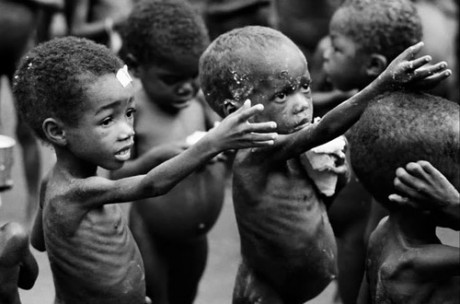
This is something that I believe will always be an issue with charitable giving, humanitarian action and awareness campaigns. More and more, I think NGOs, non-profit organizations and humanitarian actors need to take care to utilize images and stories in a way that is empowering to those they are profiling.

What the Advocacy Project Peace Fellows have been trying to do since the program started in 2003 is to raise awareness and funds for social issues around the world. As fellows, we were trained on how to take photos sensitively after asking for permission, how to interview people, write profiles, and spread knowledge about each issue we are working on. Faces may be left out of photos or names changed to protect the identities of vulnerable people. And we were also taught that there is a delicate balance when using someone’s story or experience to benefit other people who are experiencing the same thing.
I feel that Advocacy Project’s advocacy quilting tradition is a creative way to share powerful messages and personal accounts in a way that is empowering and accurate. When people are asked to come up with an image that represents their experience and then craft that image by hand, they have an even closer personal connection to that story than a photograph. And some things cannot be captured in a photo. In some cases, participants have been able to learn a skill (embroidery) that they can use to generate income or to use as a creative outlet.
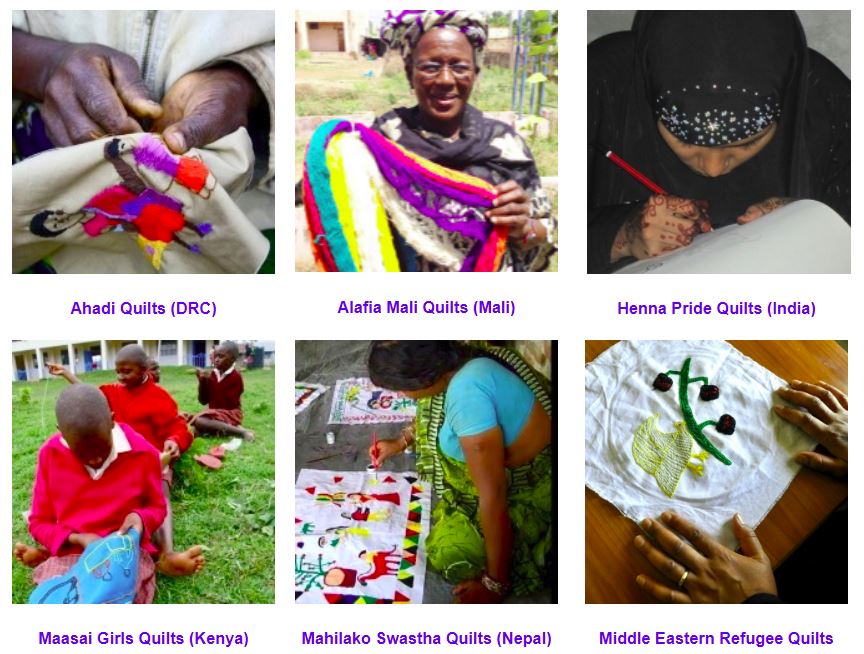

Here in Zimbabwe, WAP has the goal of producing a child marriage advocacy quilt by the end of the summer. Earlier this month, Constance and I attended the monthly meeting of the Harare Patchwork and Quilters Guild by the invitation of the chairlady Tina Telford. Tina asked me to share a bit about WAP’s programming as well as our goals for the advocacy quilt. Several of the guild members volunteered to assist with the training.
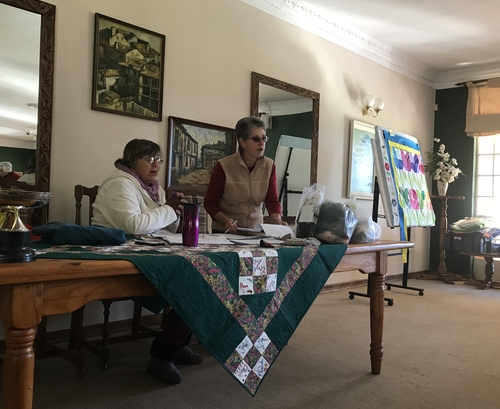
Tina leading the guild meeting 
Constance and I at the guild meeting
We held the first embroidery training recently, and 9 girls were tutored on different stitching techniques. We were lucky enough to be assisted by members of the Harare Patchwork and Quilters Guild, who donated their time and supplies to teach the girls some stitches and sewing methods.
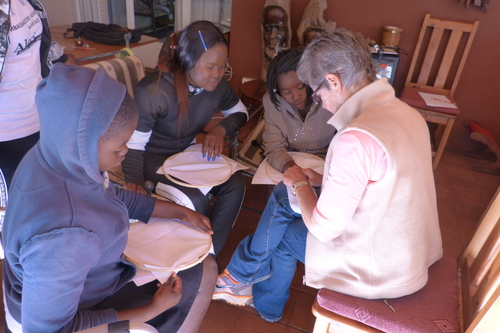
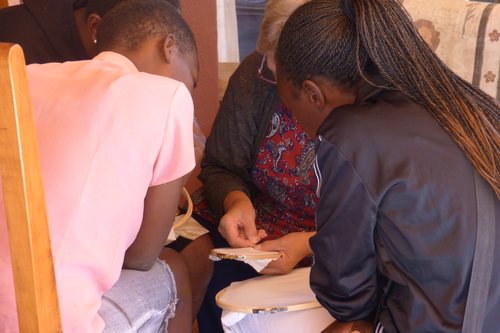

Over the next 5 weeks, these girls will work on their squares to put together an image that represents child marriage to them. Some of these young women have actually been married in the past, others have been raped and had children, and others have been able to avoid marriage altogether. It is our hope that creative visual representations of these experiences and feelings can raise even more awareness about the issue of child marriage in Zimbabwe. Stay tuned for the finished quilt squares!
More photos of the training can be found here on Flickr.
And if you have not yet had a chance to donate to our income-generation project, please take a second to visit our Global Giving campaign to donate or share within your network.
References:
Dolinar, Maja, and Polana Sitar. “The Use of Stereotypical Images of Africa in Fundraising Campaigns.” European Scientific Journal, vol. 9, no. 11, Apr. 2013, pp. 20–32., doi: 1857 – 7881.
Gharib, Malaka. “At What Point Does A Fundraising Ad Go Too Far?” NPR, NPR, 30 Sept. 2015.
Kennedy, Denis. “Selling the Distant Other: Humanitarianism and Imagery-Ethical Dilemmas of Humanitarian Action.” The Journal of Humanitarian Assistance, 28 Feb. 2009.
Posted By McLane Harrington (Zimbabwe)
Posted Jul 24th, 2019


4 Comments
rachel wright
July 25, 2019
I greatly enjoyed your necessary and insightful examination of story telling and how embroidery can be a way for people to decide how to portray their own stories!
Abby Lahvis
July 25, 2019
I thought this way a very interesting take on the advocacy quilts that brought in new information! I can’t wait to see the final product!
Emily
July 29, 2019
I’ve seen several of these advocacy quilts and I think this would be an excellent project for WAP! It definitely has a lot of power for storytelling and change.
Iain Guest
August 11, 2019
McLane, we’d love to get more insights into the quilting process as this quilt moves forward. One of the problems with this form of memorialization is that the artists rarely see how their good work is out together and used, and how it advances their campaigns. That’s going to be a priority for this quilt!